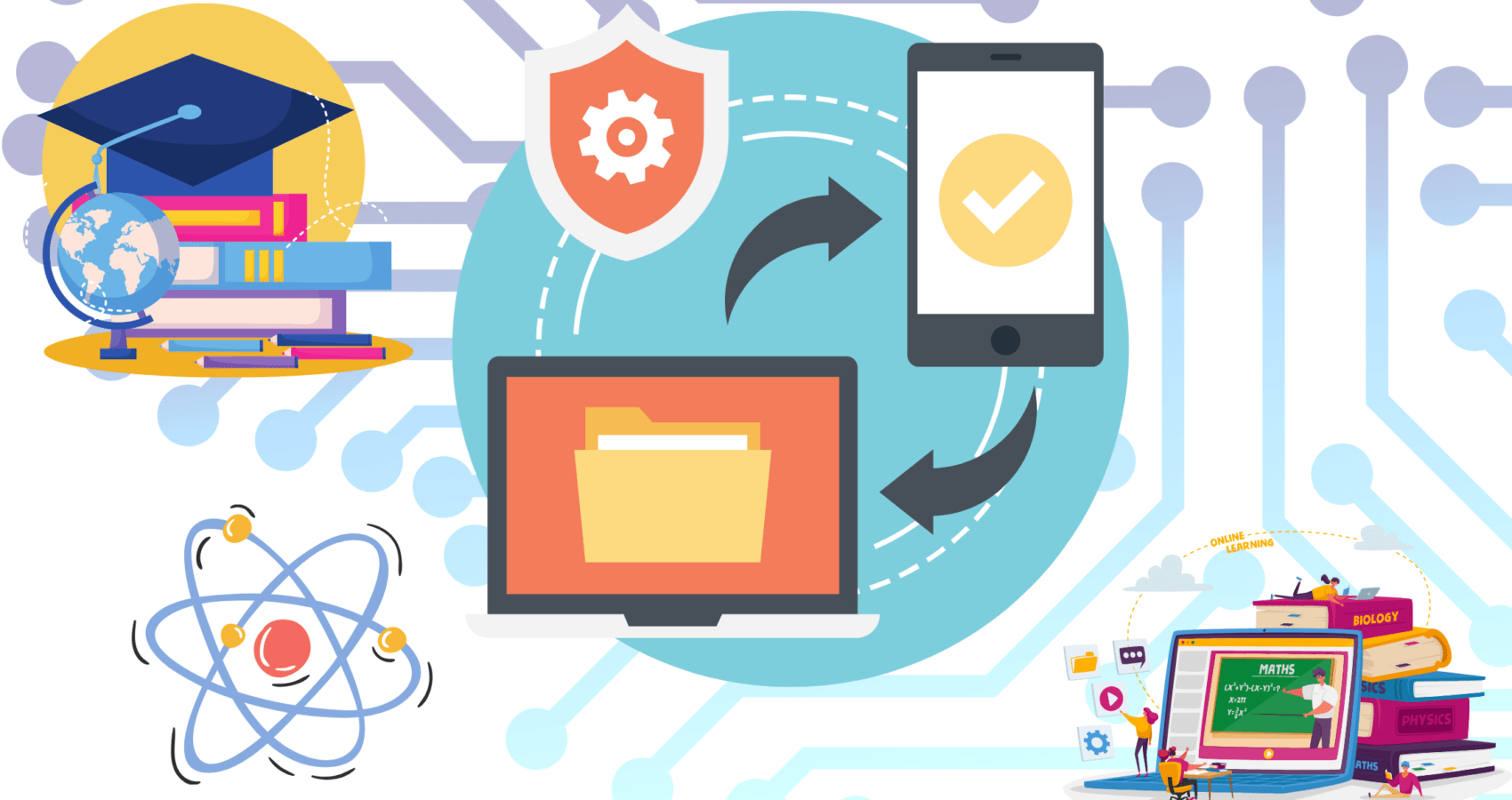
School districts are increasingly relying on technology to deliver a comprehensive curriculum, and it’s a very positive development in most respects. Students gain access to a wide range of learning tools that they might not otherwise have access to, and teachers are able to enhance their lessons with a global perspective and increased engagement. But all of this technology means requiring many different systems and databases to work together seamlessly. That seamless and secure sharing and integration of data is called interoperability.
For K-12 education leaders and school IT leaders, interoperability is essential for creating efficient, adaptable learning environments. But achieving interoperability without sacrificing data privacy is crucial.
Understanding Interoperability in K-12 Education
Interoperability makes it possible for a district that is using a suite of learning tools to create secure connections. Effective interoperability offers numerous benefits that impact both students and school administration:
Enhanced Data Quality
Interoperability minimizes redundant data entry, ensuring that accurate, updated information flows across systems. This can improve data-driven decision-making in areas like curriculum planning, resource allocation, and personalized instruction.
Streamlined Administration
By allowing different systems to communicate, interoperability can reduce the administrative burden on IT departments. For example, a centralized login or single sign-on (SSO) can eliminate the need for users to manage multiple credentials, simplifying system access and maintenance.
Improved Student Experiences
With interoperable systems, schools can provide a more cohesive learning experience. Data on student performance and learning needs flows seamlessly between platforms, enabling educators to tailor their teaching approaches and provide individualized support.
Enhanced Data Privacy and Security
Interoperable systems often come with standardized data handling protocols, which can help schools comply with regulations like FERPA and COPPA. This standardization is key for protecting student data and fostering trust among students, parents, and staff.
Practical Steps to Achieve Interoperability
Achieving interoperability among educational technologies can seem daunting, but a few strategic steps can make it feasible:
Assess Existing Systems
Start by evaluating the current technology infrastructure to identify gaps and compatibility issues. Determine where data is siloed, and which platforms need to communicate to support key objectives.
Adopt Open Standards
Standards like the IMS Global Learning Consortium’s Learning Tools Interoperability (LTI) or the Ed-Fi Data Standard provide frameworks for educational data sharing. Implementing these standards allows schools to select from a wider range of compatible tools without being locked into a single vendor.
Utilize a Trusted Integration Partner
Partnering with organizations that specialize in education interoperability, such as the Global Grid for Learning (GG4L), can simplify the process. GG4L’s School Passport is an example of an integration platform that securely connects various ed-tech applications to a school’s SIS. It enables data to flow seamlessly across systems, improving data management and reducing IT strain.
Implement a Single Sign-On (SSO) Solution
SSO is a practical tool for enhancing user experience and security. It allows students and staff to access multiple platforms with a single set of credentials, reducing login issues and simplifying access control.
Foster Collaboration Among Stakeholders
Successful interoperability requires buy-in from all involved parties, including IT teams, teachers, and administrators. Engaging stakeholders early and often can ensure that everyone understands the benefits of interoperability and supports the initiative.
Interoperability in K-12 education is no longer optional; it’s a foundational requirement for any district striving for efficiency, data security, and improved learning outcomes. By following best practices like assessing infrastructure, adopting open standards, and partnering with experts like GG4L, education leaders can create seamless, secure ecosystems. This not only supports teachers and students but also positions districts to adapt to future technological needs. Investing in interoperability today means a more connected, data-informed, and resilient educational landscape for the future.
About School Passport
School Passport® is a data exchange platform that empowers EdTech apps without sharing school data. It is the first of its kind school-centric trusted digital engagement hub that empowers schools to centrally:
- Govern the exchange of student, staff, and parent PII data with SaaS vendors
- Approve and publish apps to a district or school branded on-demand AppStore
- Delegate to school staff and teachers the ability to activate apps within their managed groups on-demand
The School Passport enables ubiquitous access to all apps from within any LMS, SIS, or any pre-existing enterprise portal, while leveraging GG4L ID as an anonymized, secure, and federated access credentials for all end-users. School Passport collects and reports insightful user engagement data analytics.

